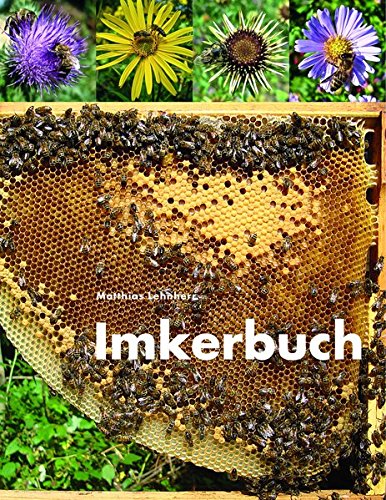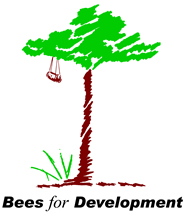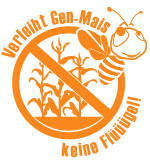| Abstract |
Antimalarial drug resistance is the main therapeutic challenge to the control of the disease, making the search for new compounds as alternative treatments of central importance. Propolis has a long history of medicinal use due to its antifungal, antibacterial and antiprotozoal properties. The present study therefore aimed to evaluate the antimalarial activity of the Saudi propolis methanolic extract against Plasmodium chabaudi infection in mice.
To this end, albino mice were divided into five groups: the first group was the normal control; the second, third, fourth and fifth groups were infected intraperitoneally with 106 P. chabaudi-parasitized erythrocytes. The last three groups of mice were gavaged with 100 μl of propolis extract (PE) at a dose of 25, 50 and 100 mg PE/kg, respectively, once daily for 7 days. PE significantly suppressed the parasitaemia and showed significant efficacy in ameliorating anaemic conditions in P. chabaudi-infected mice in a dose-dependent manner.
Histological investigation of the spleen tissue of treated and untreated mice further supports the antimalarial potential of PE. In addition, our study proved that Saudi PE reduced oxidative damage by decreasing the malondialdehyde (MDA) and increasing the catalase (CAT) activity and the glutathione (GSH) levels. Also, Saudi PE increased the level of some pro-inflammatory cytokines such as IFN-γ, TNF-α, GM-CSF and G-CSF, with the most effective dose being 100 mg PE/kg.
In conclusion, PE showed antimalarial and antioxidant activities and provided protection against spleen tissue damage in P. chabaudi-infected mice. |
 Lehnherr, Mathias (8. Aufl. 2017) [1992]: Imkerbuch
Lehnherr, Mathias (8. Aufl. 2017) [1992]: Imkerbuch


